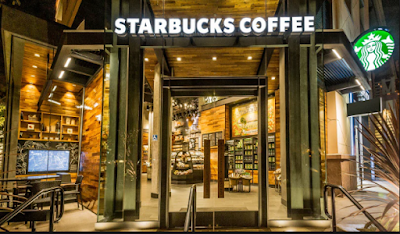THE INDIAN ARTHASATRA
In a developing economy, the question is not how to trigger the economic growth in the graph chart but how to make smart choices that will drive the growth with consistency and momentum. India is the world’s six largest economy, and in few years down the line it is poised to become the fifth largest economy in the world. Many economists and researchers believe that we can be the third largest economy in the world by 2050, to be only behind China and the US.
With a GDP of 6.75 percent in the fiscal year 2017-18 and with a predicted GDP of 7 to 7.5 percent in the fiscal year 2019, we can claim ourselves to be the fastest growing economy in the world, especially at a time when trade wars, currency wars, sanctions and conflicts around the world are crippling the world economy. If we look at the international scenario, in which the Chinese economy is slowing down, the United State has engaged itself over a biitter trade war with China, and an uncertainity looming over Britain over the Brexit deal, we in India have been fortunate enough to be not engaged in such uncertain global economic times.
Picture taken from livemint.com
Major economic
and socio-political changes has taken place in our country in the last two
years. These high decibel activities have brought about large amount of changes
in the economy. Some of these high decibel activities includes demonitisation,
introduction of GST, rising inflation, fluctuation in the crude oil prices,
good monsoon and the advent of Jio in the telecom industry.
Inspite of the
banking frauds,state elections and climbing of the sensex and nifty indexes,
the Indian economy had braced itself against these headwinds and has navigated
the nation towards growth in the last two fiscal years. The Indian Economy has
now entered into the digital era. Of 279 million internet users in 2017, about
94 percent people have access to internet in their mobile phones.
With the rapidly
increasing population leading to the diversity in the Indian market, it has
presented the Indian economy favourable for investments for both the Indian and
foreign companies. By 2030, India will have 88 cities with a population of over
a million, which would cater to 49 percent of the nation’s household
expenditure. So marketers could potentially focus only on these 100 cities to
get more than 50 percent of the nation’s expenditure.
The Indian
economy will grow to a large extent in the next decade or so, whether there is
a political change of leadership of the government or not. This reminds me of a
poetry line from The Brook by Alfred Lord Tennyson, “ Men will come and men
will go, but I will go on forever ”. Likewise political leadership of the
country might change but the success story of the Indian economic growth will continue forever.




Nice thoughts. 👏👏
ReplyDelete